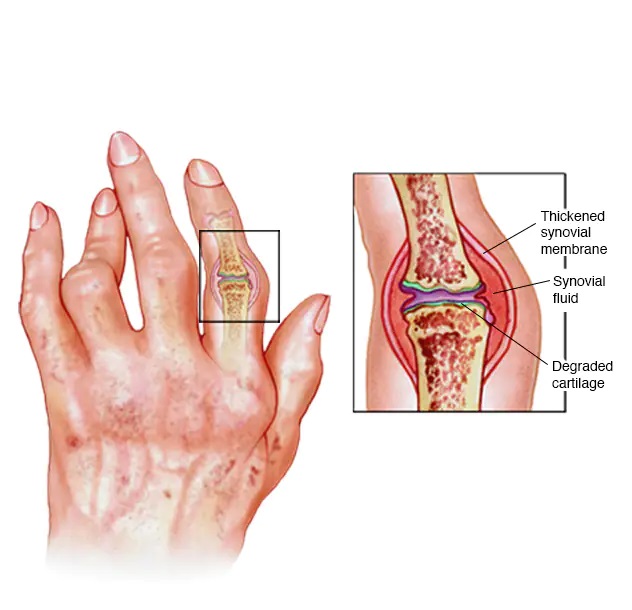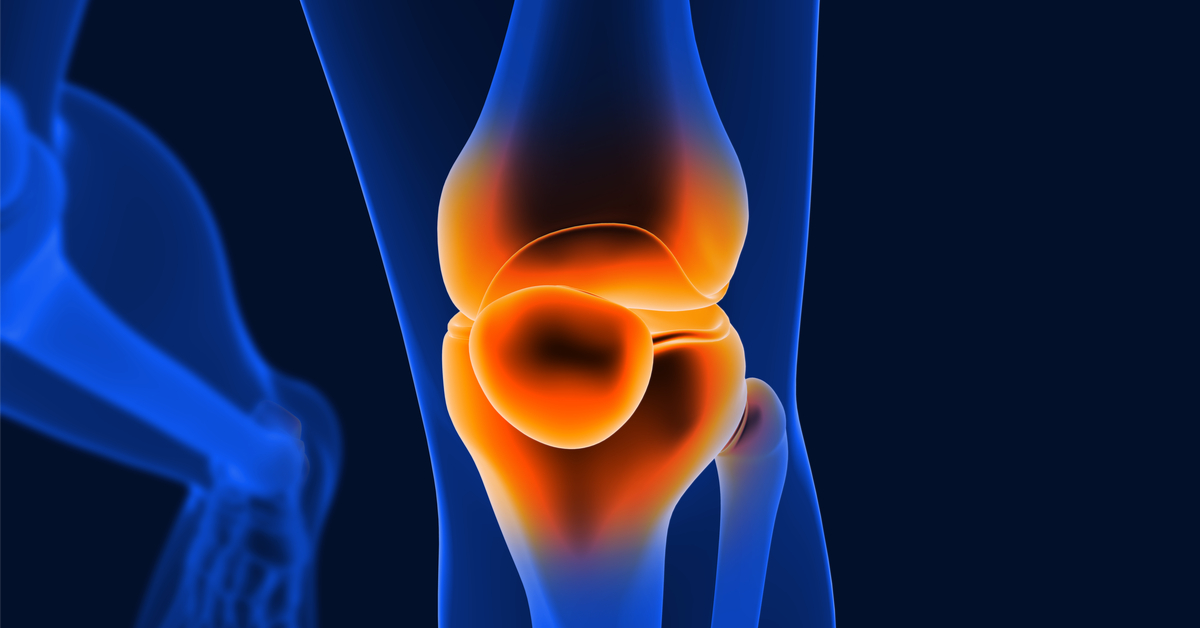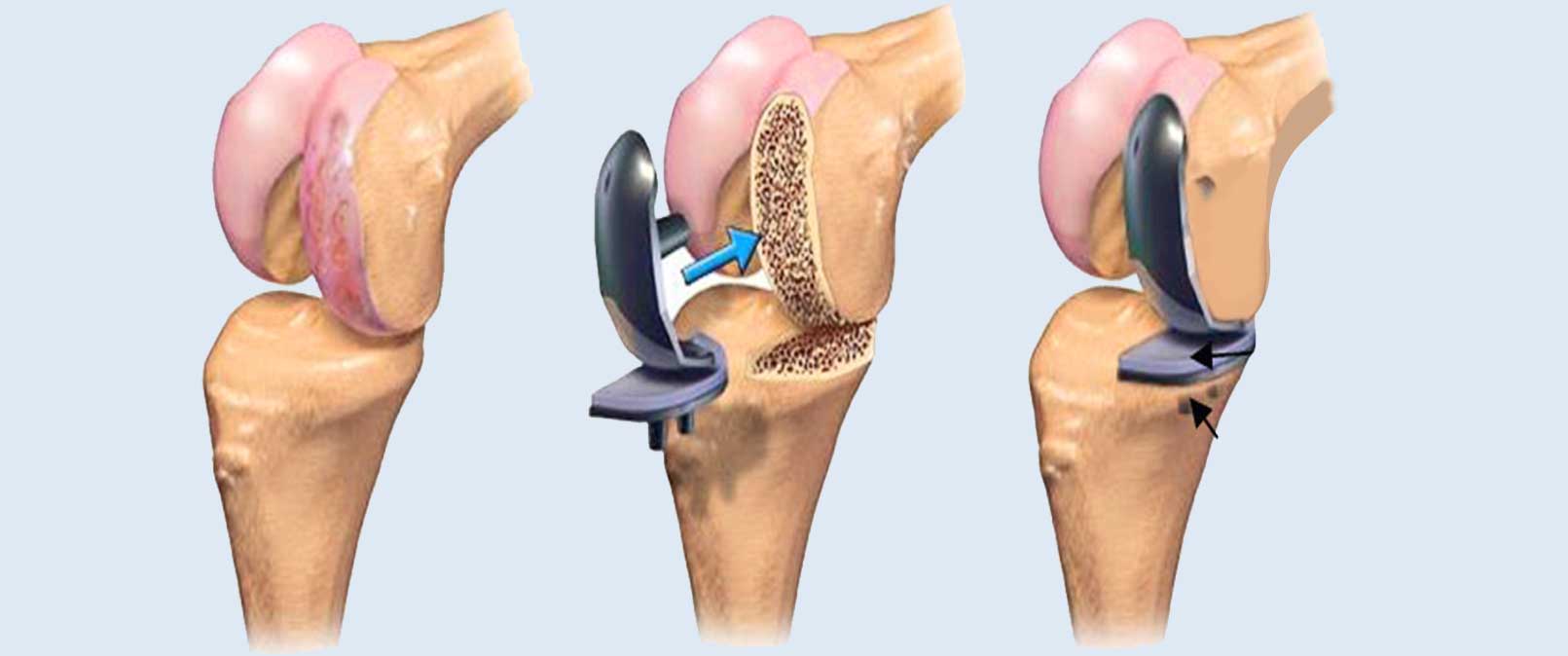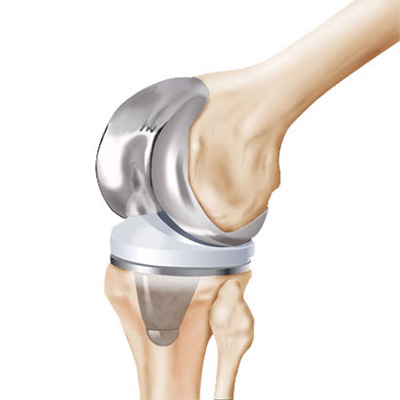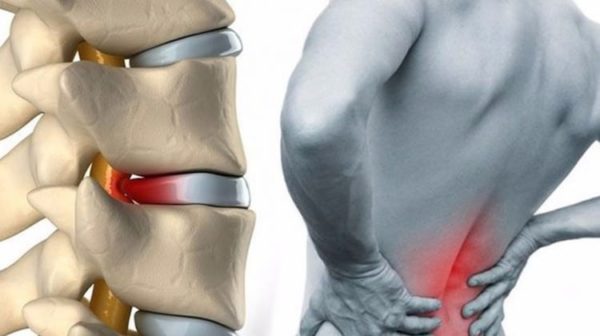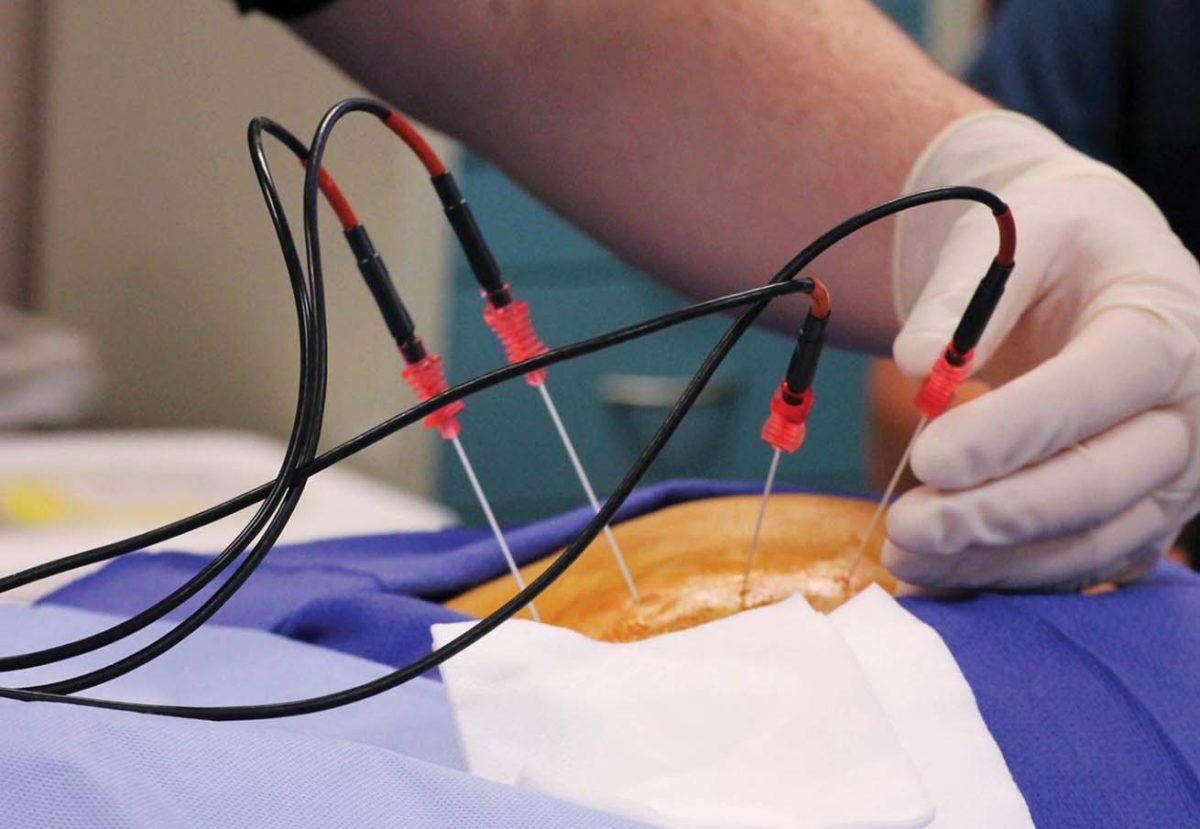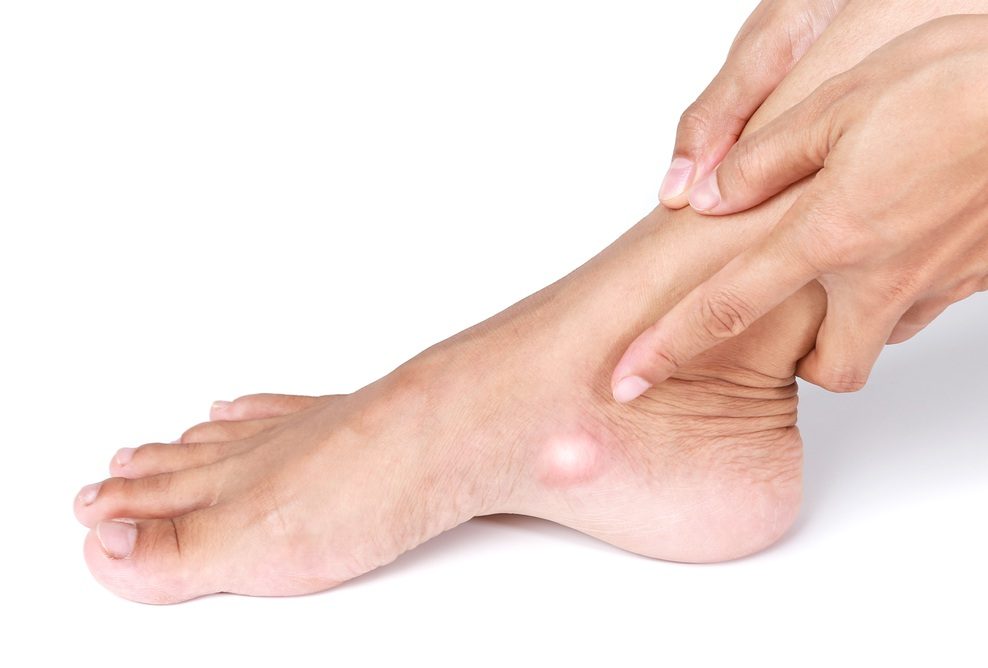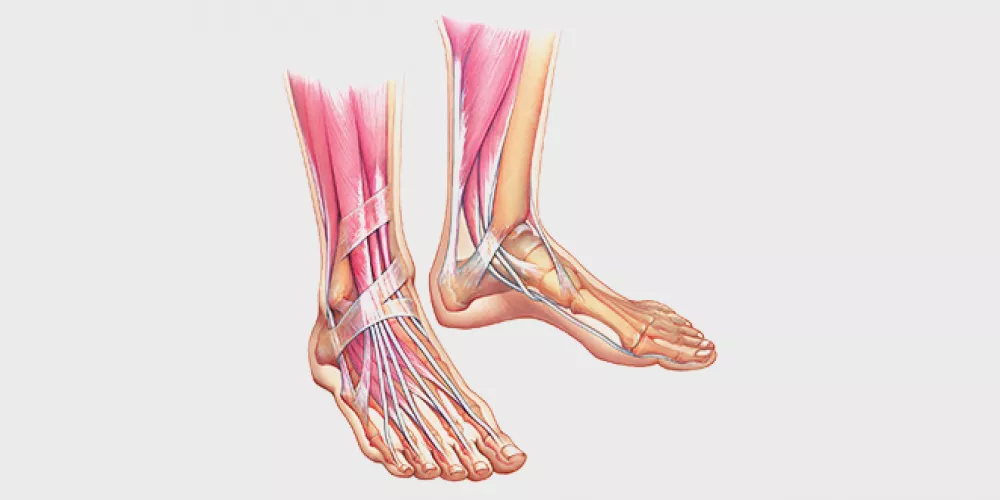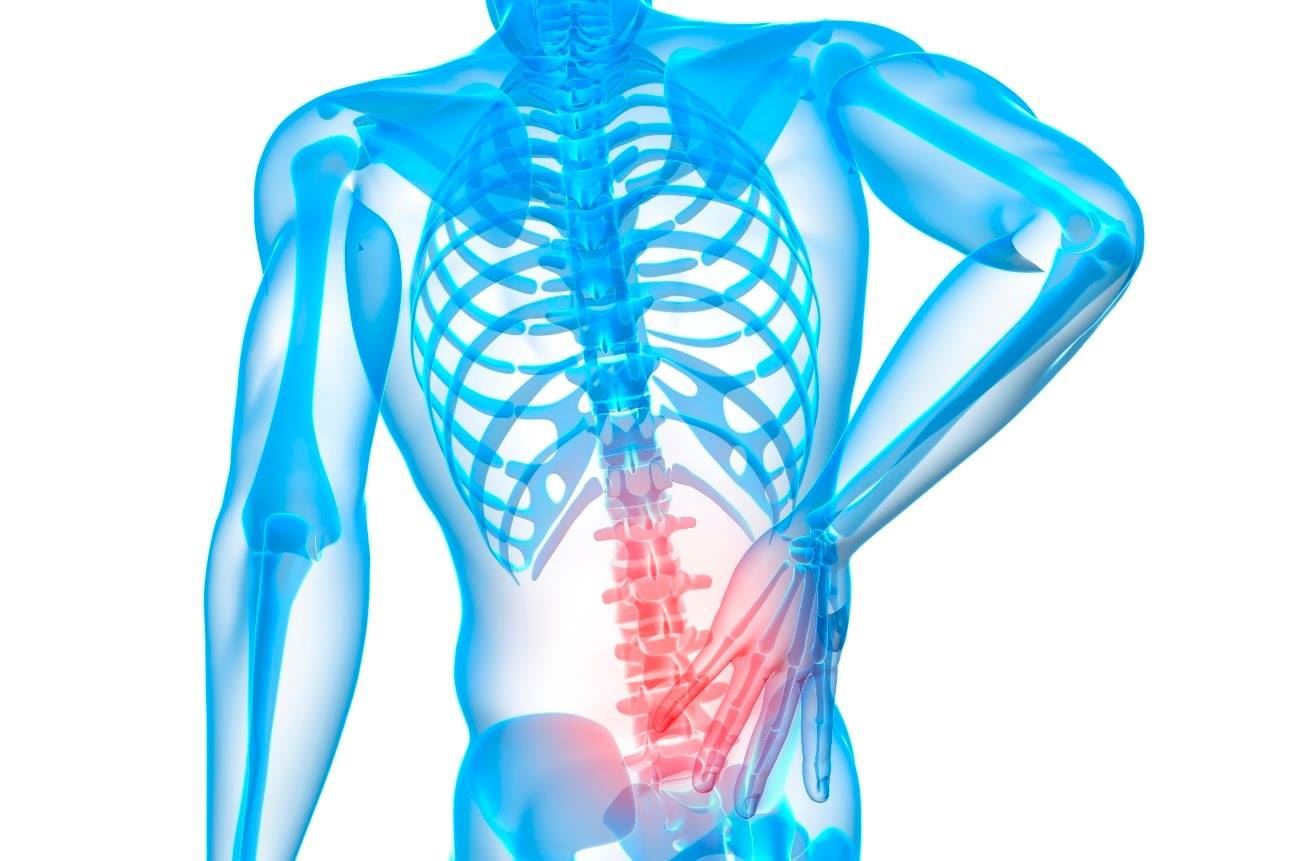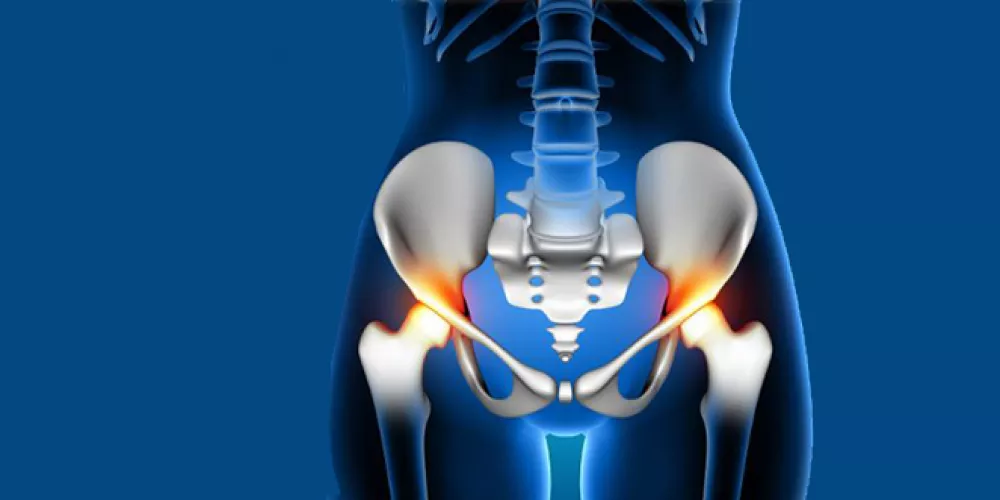!Learn about the cost of radiofrequency ablation and its success rate with Dr. Amr Amal
Cost of radiofrequency ablation, many resort to radiofrequency ablation to treat many body problems, including different bone pains, and we will shed light in the following paragraphs on the steps followed for treatment with radiofrequency, the diverse diseases it treats, its most important advantages and disadvantages, and the best doctor who performs it, so follow us so that you are aware of everything new related to this matter.
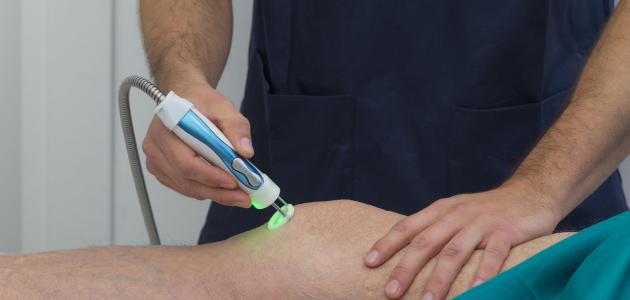
Cost of radiofrequency ablation
When looking at the cost of radiofrequency ablation, many find themselves looking for specific details about this medical technology. But before going into details, it is necessary that we first get acquainted with the nature of radiofrequency and how it is used in treatment, Radiofrequency ablation is a medical technology that relies on the application of heat to overcome a variety of different diseases and health conditions. High heat is applied by a special device to the targeted area of the body, and this heat aims to destroy diseased cells and reduce pain and inflammation in the affected area.
When it comes to the cost of radiofrequency ablation, it depends on several different factors. One of these factors is the place where the procedure itself is performed. For example, the cost of treatment may differ when performed in an elegant hospital with excellent services, a professional medical team and specialists. The cost of the procedure is also affected by the quality of the materials used in it.
In addition, the cost of the procedure also varies according to the type of disease or condition that needs treatment by radiofrequency ablation. For example, the cost of radiofrequency ablation for the liver differs from radiofrequency ablation for the nerve, On the other hand, the prices of radiofrequency ablation treatment also vary according to the location of the pain to be treated. For example, the prices of radiofrequency ablation to treat trigeminal neuralgia may differ from what is usual in treating other pain.
Regain your activity and get rid of chronic pain with Dr. Amr Amal, a pioneer in radiofrequency ablation technology that provides effective and safe solutions for pain.
What is radiofrequency ablation?
Radiofrequency ablation technique is one of the latest technologies used in the field of tumor and bone pain treatment in the modern era. It is an effective and safe non-surgical method used to treat tumors quickly and effectively. This technique relies on applying certain frequencies of interfering rays to destroy cancer cells without affecting the surrounding normal tissues.
The radiofrequency ablation process is done through a needle under the skin, where the specified radio frequency is directed to the nerves responsible for the feeling of pain in the joints and muscles, then the radio frequency is precisely directed using guidance from the directed x-rays to the targeted nerve, which helps achieve maximum accuracy and effectiveness in treatment.
Radiofrequency ablation technique is characterized by its speed and effectiveness in treating tumors in a non-surgical manner, as it provides immediate and effective results without the need for major surgical intervention. In addition, it is considered a safe and painless method for patients, as they recover quickly and return to their normal lives after treatment, as The latest radiofrequency ablation technology provides new opportunities in disease treatment and better health care, and it is an innovative and promising method in medicine, as it provides many amazing benefits for patients suffering from tumors and other diseases.
Get rid of pain and get ready for a more active life with Dr. Amr Amal, where radiofrequency ablation guarantees you permanent and safe pain relief.
How radiofrequency ablation works
This technique is used to relieve pain and reduce drug intake. Radiofrequency ablation is performed by inserting a thin needle into the area to be treated, after anesthetizing the patient locally. This method helps direct heat frequencies to affected areas, helping to reduce pain and improve the patient’s condition.
Radiofrequency ablation has many benefits, as it does not cause any major complications to overall health. This treatment is safe and effective, and is considered a good alternative to analgesics, especially in cases of chronic pain and factors that do not respond to traditional treatment.
Radiofrequency ablation involves the following steps:
- Evaluation of the medical condition: The doctor evaluates the patient’s condition and determines if radiofrequency ablation is suitable for him.
- Local anesthesia: The patient is anesthetized locally to minimize any feeling of pain during the procedure.
- Needle insertion: A thin needle is inserted into the area to be treated, carefully and cautiously to properly direct the heat frequencies.
- Heat frequency delivery: The heat frequency is delivered concentrically to the targeted tissues, which helps bring about changes in the connective and neurological tissues that cause pain.
Due to the patient’s need for rest and potential side effects, this treatment should be provided by well-trained and specialized physicians, and In general, radiofrequency ablation is an effective and safe method for treating joint and vertebral pain, as well as benign tumors. The doctor should be consulted before treatment and the potential risks and benefits of performing this procedure should be discussed in each case individually.
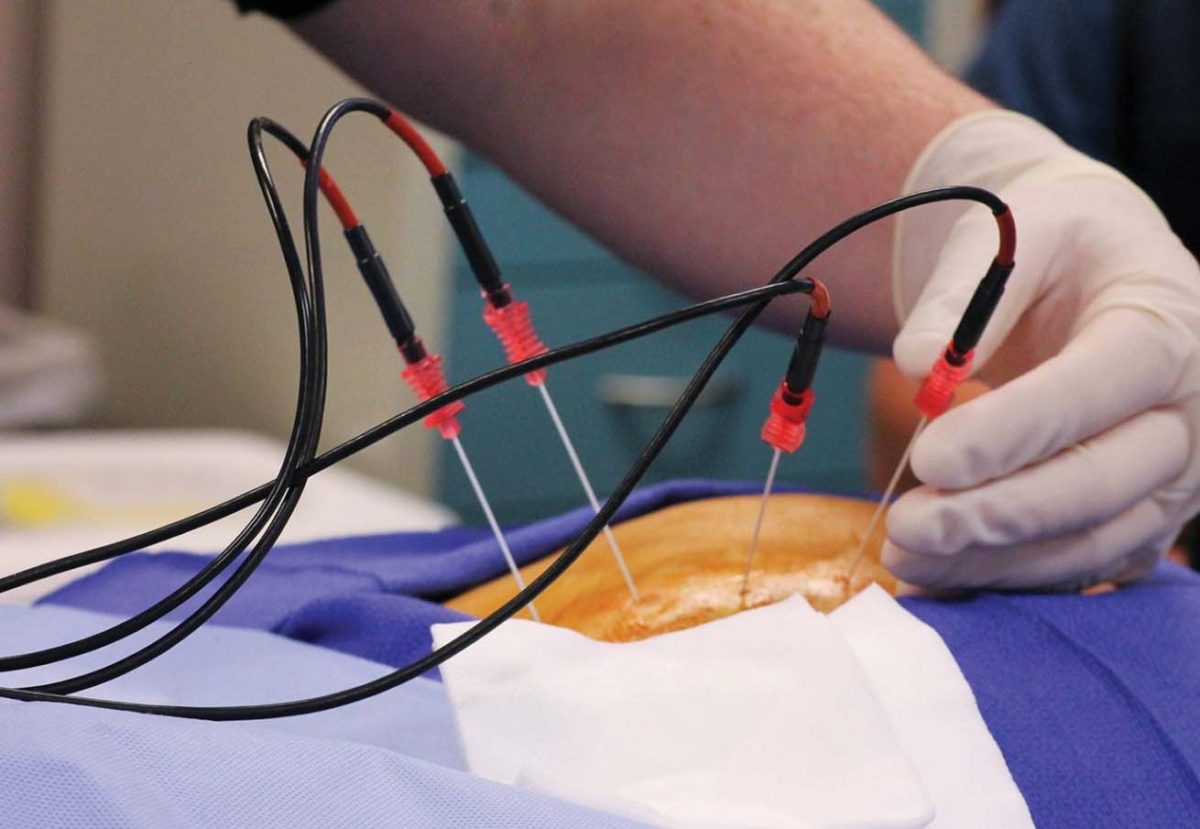
Advantages of radiofrequency ablation
Here is a list of the most prominent features of this modern technique and its benefits in treating many health conditions, which are:
- High efficacy in pain relief: Radiofrequency ablation technique is used to treat many health problems that cause chronic pain, such as back and joint pain. This technique is very effective in relieving pain and improving patients’ quality of life.
- Speed in performance: Radiofrequency ablation is the fastest and most efficient means of interventional radiology in solving many common problems among chronic disease patients, as it provides rapid improvement in symptoms and helps restore normal motor functions.
- No need for general anesthesia: Radiofrequency ablation is performed under local anesthesia, and is therefore suitable for people with health problems that prevent them from undergoing general anesthesia, which means that patients enjoy comfort and ease during the treatment procedure.
- Limited effect
- Limited effect on adjacent organs and nerves: Radiofrequency ablation technique does not cause any harm to the organs or nerves adjacent to the affected area, provided that treatment is under the supervision of an experienced and skilled physician, which ensures the safety of patients during treatment sessions.
- Precise control in determining the affected area: One of the most prominent features of radiofrequency ablation technology is the ability to accurately control the size of the treatment area. It provides an effective and accurate option for relieving pain in specific areas, helping to maximize the benefits of the results.
- No serious complications: Radiofrequency ablation is a minimally invasive surgical procedure, and therefore does not cause any serious complications. This means that patients can benefit from treatment with confidence and peace of mind.
What diseases are treated with radiofrequency?
This type of technique is used to relieve chronic pain resulting from various conditions in the body, such as spinal arthritis, disc herniation, shoulder and neck pain, and knee cartilage.
To better understand the effectiveness of radiofrequency in treating these diseases, we will review the most important diseases that can be treated:
- Inflammation of nerves and affected nerve roots: Radiofrequency is considered suitable for treating various nerve inflammation and affected nerve roots. This includes carpal tunnel syndrome, arthritic inflammation, neuropathic pain, and spinal pain. Applying radiofrequency to problem areas helps reduce pain, improve movement and renew daily activity.
- Neck and back pain: Treating neck and back pain is one of the most prominent uses of radiofrequency, as many people suffer from chronic pain in these areas, which prevents them from performing daily activities normally. Using radiofrequency can provide a deep massage effect on affected tissues, reducing inflammation and cramps, eventually leading to improved patient condition.
- Spinal arthritis: Spinal arthritis is one of the diseases that is successfully treated using radiofrequency. Repeated application of this technique leads to tissue regeneration and stimulation of the healing process, which ultimately leads to reduced pain, improved mobility, and overall better patient quality of life.
Dr. Amr Amal combines extensive experience and advanced radiofrequency technology to provide innovative therapeutic solutions that restore your vitality. For more information on radiofrequency procedure prices and the diseases it treats, read this article.
What is the success rate of radiofrequency treatment?
The radiofrequency procedure is one of the modern and effective ways to treat joint and spinal pain. This procedure is characterized by a high success rate of up to 95%, making it very popular among patients suffering from annoying and persistent pain. Various factors are one of the main reasons that determine the success of the radiofrequency procedure. This includes the competence and experience of the treating physician, as choosing the right doctor is vital to achieving satisfactory results. In addition, the severity of pain and location of injury are other influencing factors in the success of the procedure.
To achieve the best possible results after the procedure, patients must strictly adhere to the treating physician’s instructions. How compliant the patient is plays a critical role in the recovery process and aims to facilitate wound healing and ensure minimal possible side effects. Enjoy a pain-free life with Dr. Amr Amal, an expert in using radiofrequency to treat chronic pain with precision and superior care.
What are the disadvantages of radiofrequency treatment?
Disadvantages of radiofrequency treatment: Radiofrequency treatment is one of the effective and innovative treatments for joint and vertebral pain. Despite its great benefits, it may have some minor drawbacks and side effects. Here is a list of some of the disadvantages that may occur as a result of using this technique:
- Feeling discomfort in the treatment area: Patients may feel some irritation, redness or itching in the area where the treatment is performed. This feeling may be temporary and disappear after a short period of treatment, but it can be a source of annoyance for some people.
- Swelling, bruising and mild pain at the injection site: Slight swelling or bruising may occur at the injection site after radiofrequency treatment. Although these side effects are usually mild and temporary and gradually disappear, some patients may feel slight pain in that area.
- Feeling numbness in the leg due to local anesthesia: Local anesthesia may sometimes be used to avoid feeling pain during radiofrequency treatment. In some cases, the patient suffers from a feeling of numbness in the leg as a result of the anesthetic effect, but this condition is transient and disappears after the treatment session is over.
Despite these minor drawbacks and side effects, radiofrequency treatment technique remains generally effective and safe, and patients should follow the instructions of the doctor and practitioners to minimize risks and ensure maximum benefit from this innovative technique. Experience advanced pain relief in the hands of the trusted Dr. Amr Amal, who provides the latest radiofrequency procedures for quick and comfortable results.
Instructions after radiofrequency treatment?
- Rest and relaxation:
- The person should continue to rest and allow the body sufficient time to fully recover.
- Avoid strenuous activities and intense exercise until the body regains its energy.
- Fluids and nutrition:
- Drink plenty of natural fluids such as water and fresh juices to prevent dehydration and replace fluids lost during sweating.
- Eat light, nutritious meals to provide the body with the energy needed for recovery.
- Maintaining proper body temperature:
- The body should avoid excessive cold or excessive heat by wearing appropriate clothing for weather conditions.
- Ensure staying in a well-ventilated place and avoid prolonged exposure to direct sunlight.
- Consulting a doctor:
- People with chronic health conditions, weak immunity, or the elderly should consult a doctor after the temperature drop to fully examine their health status and ensure no complications.
For more details about the radiofrequency procedure and tips to follow afterwards click here.

What are the potential side effects of radiofrequency ablation?
Radiofrequency ablation is a medical procedure used to treat many medical conditions including joint pain, muscle pain, muscle tension, and nerve spasms. Although this procedure is effective in relieving pain and improving patients’ overall condition, it may be associated with some potential side effects. Here are the most prominent of these side effects:
- Superficial burns on the skin: Superficial burns may occur in the treatment area due to the high temperature used in this procedure. However, these burns are usually minor and disappear spontaneously within a short period of time.
- Minor infections: A minor infection may occur at the treatment site as a result of radiofrequency ablation, however infections can be avoided by following proper hygiene and care instructions after the procedure.
- Pain at the injury site: The patient may temporarily feel pain in the treatment area, but this pain usually goes away within about 14 days after the procedure.
- Damage to surrounding nerves: In rare cases, damage may occur to the nerves surrounding the pain site due to radiofrequency ablation, however the likelihood of this is very low.
In contrast, the side effects of treating joint pain with radiofrequency ablation are very minor and include:
- Feeling discomfort in the treatment area.
- Swelling, bruising, and minor pain at the injection site.
Radiofrequency ablation treatment is often completely safe with no major adverse effects. However, it is best to avoid driving for at least 24 hours after treatment to avoid any potential side effects. Radiofrequency ablation should be performed by a certified professional and under medical supervision to ensure effective and safe results.
Patients should also consult their doctor before undergoing treatment to ensure no contraindications with their current health condition or medications they may be taking. If you want to learn more about the most important dangers of radiofrequency ablation, you can read this article.
Best doctor for radiofrequency ablation
Dr. Amr Amel is one of the best doctors using radiofrequency ablation to treat many bone problems. He specializes in treating chronic pain and the spine, using radiofrequency ablation technology to relieve spinal pain. Dr. Amr enjoys a good reputation among his patients and relies on providing non-surgical solutions for patients. He seeks to provide the best modern methods and techniques to help patients solve their problems and get rid of the pain they suffer from.
The use of radiofrequency ablation technology to treat spinal pain indicates Dr. Amr’s excellence in providing distinguished care for his patients. Thanks to his reliance on the latest technologies and advanced devices, Dr. Amr is also the ideal choice for those who want to get pain treatment without surgery. It is noteworthy that Dr. Amr Amel treats bone problems such as disc herniation and sciatica using radiofrequency ablation, relying on modern methods and innovative techniques to achieve effective results, examining pain in patients, and providing appropriate treatment.

